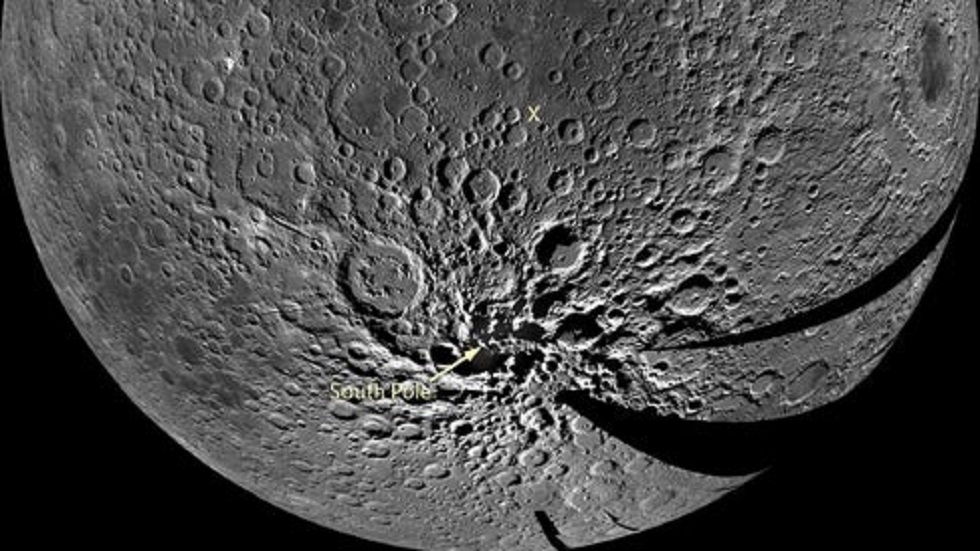Ice deposits on Moon’s South pole may be much more recent: Study
| Date :14-Oct-2019 |

BOSTON :
The researchers said that the ice found in the recent craters may also have different sources
SOME ice deposits found on the Moon’s South pole may be much more recent than previous estimates that they are all billions of years old, according to a study that may boost the already growing interest in exploring this part of the lunar surface.
The researchers, including those from Brown University in the US, observed the data from NASA’s Lunar Reconnaissance Orbiter -- which has been orbiting the Moon since 2009 -- and noted the ages of large craters in which evidence for South pole ice deposits was found. The study, published in the journal ‘Icarus’, noted that counting the number of smaller craters formed inside the larger ones helped the scientists date the craters. Since, the researchers had an approximate idea of the pace of asteroid and comet impacts over time, counting the smaller inner craters helped them establish the ages of the terrains. Majority of the reported ice deposits were found within large craters formed more than 3.1 billion years ago, the study noted.
The researchers also found evidence for frozen water in smaller craters which they said seemed quite freshly formed -- suggesting that some of the deposits on the South pole got there relatively recently. “That was a surprise,” said co-author of the study Ariel Deutsch from Brown University. “There hadn’t really been any observations of ice in younger cold traps before,” Deutch said. The researchers said that the ice found in the recent craters may also have different sources.
They said that the older ice could have originated from water-bearing comets, and asteroids impacting the surface, or through volcanic activity that drew water from deep within the Moon. However, they added that there aren’t many big water-bearing comets or asteroids around in recent times, and volcanism is believed to have ceased on the Moon over a billion years ago. So, the researchers speculated that the more recent ice deposits would have required different sources such as bombardment from micrometeorites or implantation by solar wind. The best way to find out for sure, they said could be to send spacecrafts to the lunar South pole to get some samples.